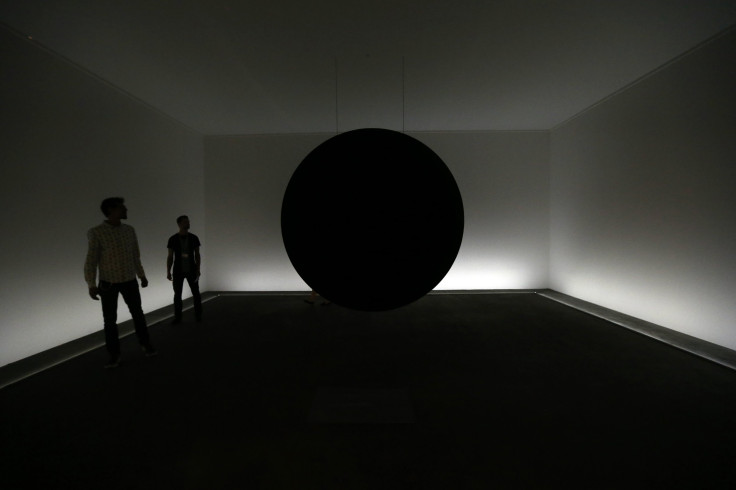Dark matter might have killed dinosaurs 66 million years ago, suggests Harvard researcher

From asteroid to a massive volcanic eruption, there are a number of theories that try to explain why and how dinosaurs became extinct 66 million years ago.
Adding another theory to the list, a leading Harvard theoretical physicist has suggested that a thin pancaked-shaped disc of dark matter might have actually resulted in extinction of dinosaurs 66 million years ago.
Lisa Randall's radical theory highlights a complex phenomenon that might have led to the extinction. In her book "Dark Matter and the Dinosaurs," Randall suggests that 66 million years ago, gravitational disturbances caused by tiny thin discs of dark matter in the Milky Way galaxy might have led to the dislodging of icy comets at the edge of the Solar System.
The resulting pieces of meteorites might have crash-landed in the Yucatan, leading to the extinction of three-fourth of the life that existed on Earth around that time.
Despite accounting for 85 percent of the matter in the universe, dark matter continues to remain a mysterious subject. The remaining 15 percent accounts for the rest of the material that we use, the stars and the planet. Therefore, researchers around the world show special interest in finding more about dark matter.
In her new book, the American cosmologist says that it is possible to get only an indirect glimpse of the dark matter in the universe. It can't be seen directly because light passes through it and it neither absorbs or emits light. It is possible to get an indirect glimpse of it because it has measurable gravitational effects.
The gravitational effects possessed by dark matter results in irregularity in orbit of the stars, the expansion rate of the universe and bending of the path of light rays.
"Even if you don't see George Clooney directly, the disruptive traffic generated by the waiting crowd armed with cell phones and camera suffices to alert you to a celebrity's proximity," writes Randall in her book, reports The Hamilton Spectator. "Though you detect the presence only indirectly, through George's substantial influence on everyone else around, you can nonetheless be confident that someone special is near."
Contact the writer at feedback@ibtimes.com.au, or let us know what you think below.




















